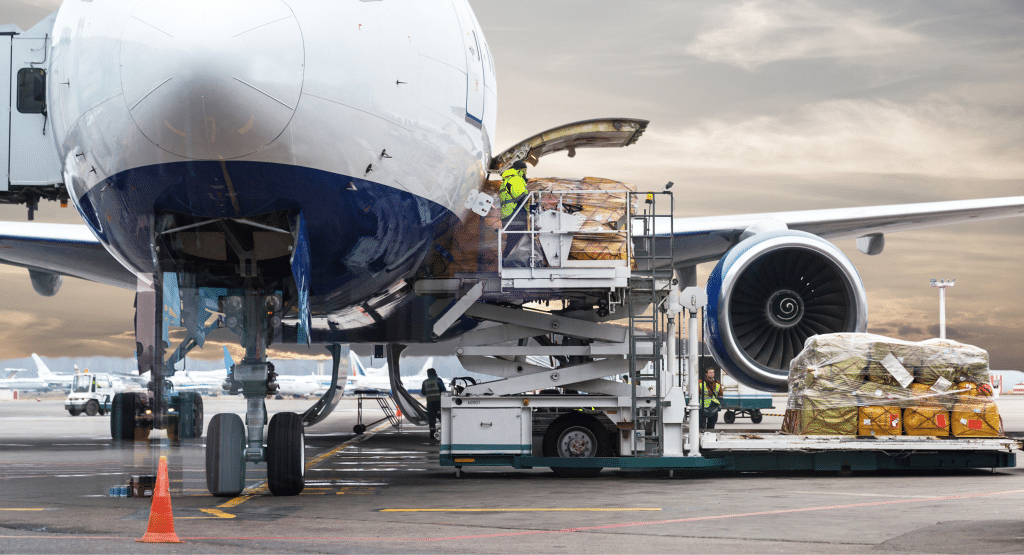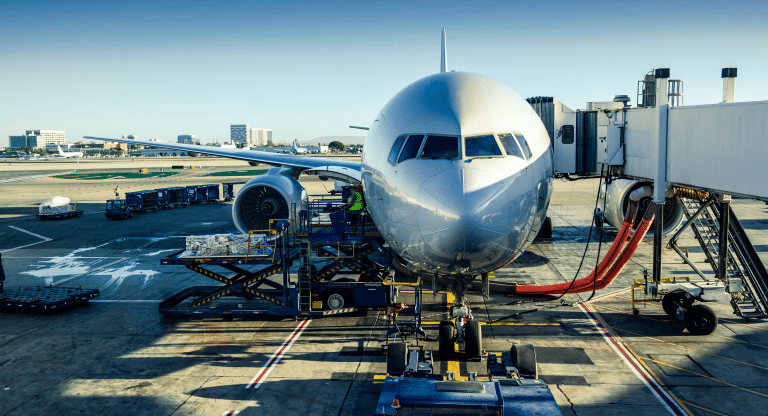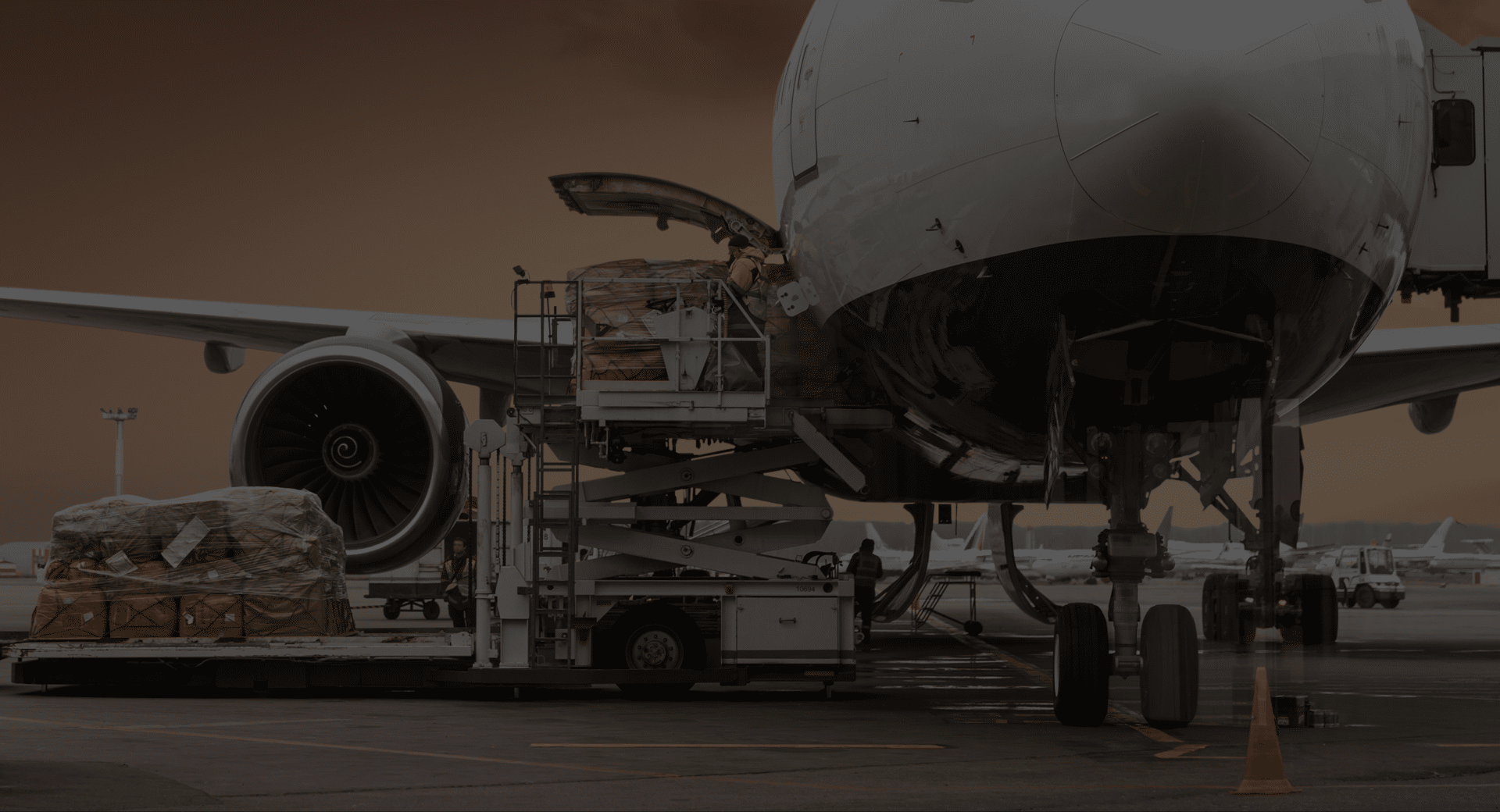Sable.
- Weight & balance -
System Automated Balance en Load Engineering
Advanced weight and balance system designed for all types of passenger and cargo aircraft, optimizing load distribution to enhance safety, productivity, and fuel efficiency.

The Challenge.
Safety is no accident!
The weight and location of every container has a significant impact on a cargo plane’s center of gravity: if not properly balanced, the plane won’t fly. Yet for all the complexity associated with loading aircraft, many planners still work with pencil and paper. By doing so, they’re missing a massive opportunity to optimize payloads and reduce fuel consumption.
Why use this Next-Generation weight and balance system
The position of the centre of gravity along its longitudinal axis affects the stability of the airplane. There are forward and aft limits established by the aircraft design engineers beyond which the C.G. should not be located for flight. These limits are set to assure that sufficient elevator deflection is available for all phases of flight.
If the C.G. is too far forward, the airplane will be nose heavy, if too far aft, tail heavy. An airplane whose centre of gravity is too far aft may be dangerously unstable and will possess abnormal stall and spin characteristics. Recovery may be difficult if not impossible because the pilot is running out of elevator control. It is, therefore, the pilot’s responsibility when loading an airplane to see that the C.G. lies within the recommended limits.
Usually the Airplane Owner’s Manual lists a separate weight limitation for the baggage compartment in addition to the gross weight limitation of the whole airplane. This is a factor to which the pilot must pay close attention, for overloading the baggage compartment (even if the plane itself is not overloaded) may move the C.G. too far aft and affect longitudinal control.
The Airplane Owner’s Manual may also specify such things as the seats to be occupied or which fuel tank is to be emptied first. Such instructions should be carefully complied with.
As the flight of the airplane progresses and fuel is consumed, the weight of the airplane decreases. Its distribution of weight also changes and hence the C.G. changes. The pilot must take into account this situation and calculate the weight and balance not only for the beginning of the flight but also for the end of it.
The Approach.
Sable: The ultimate weight & balance system
Functionality
- Usable for all passengers & cargo aircraft
- Automated and optimised load distribution
- Graphical User Interface with drag & drop functionality
- Manual entry or full integration with external system
- Use of mixed deck configuration
- LIR & LS production only when all checks pass
Business
- Increased productivity -> less staff
- Increased revenue -> more freight
- Increased safety -> all checks performed
- Reduced fuel costs -> through optimal trim
Technical
- Next generation W&B system
- Modern & open architecture
- Centralised and/or standalone implementation
SABLE can handle weight and balance for cargo and passengers for all types of aircrafts thanks to its flexible and generic configuration possibilities.
Features.
-
Full aircraft layout with drag & drop interface
-
Graphical CG tracking (ZFW, TOW, landing)
-
Live fuel curve visualisation
-
Dangerous goods handling (e.g. AVI, ICE)
-
Manual or automated data input
-
LIR and Load Sheet generation (ACARS-ready)
-
Works standalone or integrated with external systems
-
IATA-compliant output formats
-
Built for use across multiple aircraft types
-
Multi-user, multi-language interface
Modules.
-
Load Planner – create and validate the full load plan
-
Graphical Interface – visualise decks, containers, trim & CG
-
Load Sheet Generator – final output to cockpit via ACARS
-
Rule Engine – check all limits, load zones and DG separation
-
Fuel Curve Tool – simulate CG shift across flight
-
Integration Layer – connect to warehouse, Amadeus or ROLS
-
Admin Panel – manage users, fleets, aircraft and stations
Discover our industry-specific case studies and client successes:
- Airlines
Airlines.
From cockpit load sheets to ramp instructions — our software supports cargo airlines with safe, efficient and ACARS-connected operations.

